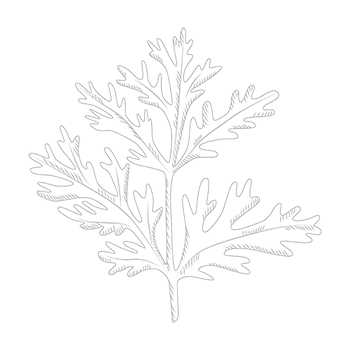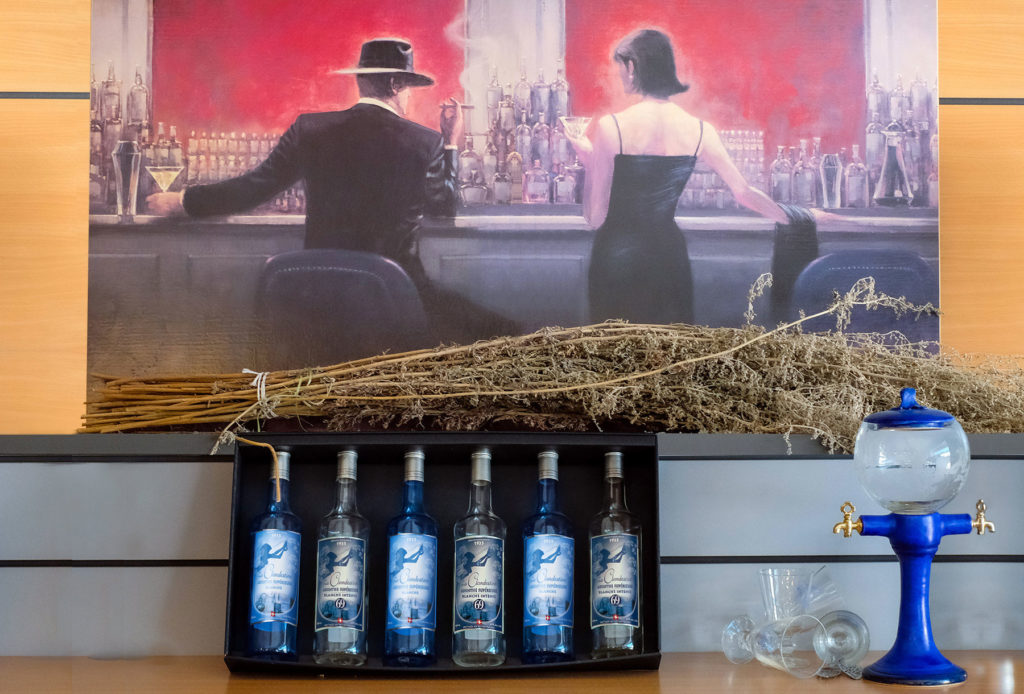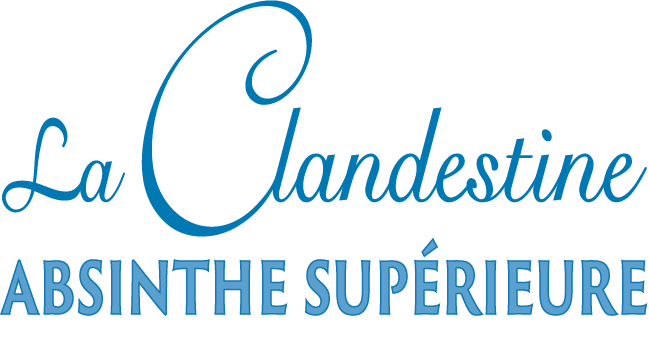F A Q
F A Q
F A Q

The renaissance of absinthe has produced a lot of misinformation. Much of the misinformation has revolved around the story of thujone, allegedly responsible for the downfall of the French Empire, the demise of the Swiss navy, and a wide range of other symptoms, including drug-style hallucinations etc.
The renaissance of absinthe has produced a lot of misinformation. Much of the misinformation has revolved around the story of thujone, allegedly responsible for the downfall of the French Empire, the demise of the Swiss navy, and a wide range of other symptoms, including drug-style hallucinations etc.
S i d e E f f e c t s , t h u j o n e . . .
No. There is no need to produce absinthe with artificial colouring. In late 19th century France, absinthes with artificial colouring were deemed very low quality products, coloured green to save both time and money in the production process. Calling artificially coloured absinthes genuine green absinthes is similar to adding red colouring to white wine and suggesting that it is now red wine.
The so-called burning ritual seen in some bars has no basis in history. There is no evidence of any such ritual having existed prior to the mid-1990s when it was likely introduced as a gimmick to mask any low-quality liquid issues.
Absinthe will not help you see green fairies and is no more likely to cause any effects than any other strong spirit. While there is a naturally occurring substance in absinthe called thujone which can conceivably have effects, you would have to drink so many bottles of absinthe in such a short period of time to feel their impact, that you would die of alcohol poisoning long beforehand. Indeed, thujone can also be found in herbs such as common sage.
Yes, La Clandestine contains a legal level of thujone, whether you drink it in the U.S., Europe or Asia-Pacific. This molecule is found in many plants, including wormwood of course, but also cedar, juniper, oregano and sage.
The Swiss and French governments banned absinthe because of the excesses, but also under pressure from the winegrowers’ lobby, who saw cheap absinthe competing dangerously with their good old wine.
No. There is no need to produce absinthe with artificial colouring. In late 19th century France, absinthes with artificial colouring were deemed very low quality products, coloured green to save both time and money in the production process. Calling artificially coloured absinthes genuine green absinthes is similar to adding red colouring to white wine and suggesting that it is now red wine.
The so-called burning ritual seen in some bars has no basis in history. There is no evidence of any such ritual having existed prior to the mid-1990s when it was likely introduced as a gimmick to mask any low-quality liquid issues.
Absinthe will not help you see green fairies and is no more likely to cause any effects than any other strong spirit. While there is a naturally occurring substance in absinthe called thujone which can conceivably have effects, you would have to drink so many bottles of absinthe in such a short period of time to feel their impact, that you would die of alcohol poisoning long beforehand. Indeed, thujone can also be found in herbs such as common sage.
We’ve already tried it, and it doesn’t work at all. At best, we’re able to write a spelling-error-free SMS with funny emojis.
Yes, La Clandestine contains a legal level of thujone, whether you drink it in the U.S., Europe or Asia-Pacific. This molecule is found in many plants, including wormwood of course, but also cedar, juniper, oregano and sage.
The Swiss and French governments banned absinthe because of the excesses, but also under pressure from the winegrowers’ lobby, who saw cheap absinthe competing dangerously with their good old wine.


C l u b M e m b e r E x c l u s i v e T a s t i n g
$120 per Couple





